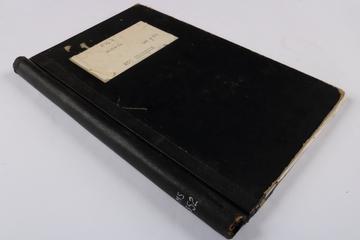
Sneath, Peter Henry Andrews 1923 - 2011
(1923-2011), microbiologist
Peter Henry Andrews Sneath, was born in Galle, Sri Lanka, in 1923. He studied at King’s College, Cambridge University, then King’s College Hospital Medical School, London University, from which he obtained several degrees. In 1950 he joined the Royal Army Medical Corps and served in Malaysia for two years. In 1952 he joined the scientific staff of the Medical Research Council at the National Institute of Medical Research in London.
Although he was a medical doctor who practiced medicine, Peter’s novel contribution to the stable classification of medically important bacteria led to his appointment as director of the Medical Research Council (MRC) research unit at Leicester University in Leicester, from 1964 until the unit was dissolved in 1975. Then, he was appointed professor of microbiology at Leicester University from 1975 until he retired in 1989 with emeritus status.
Peter was also a microbiologist whose interests spanned much of science as he was interested in organization and classification and repetitions in sequences. He with Robert R. Sokal at the University of Kansas co-founded the field of numerical taxonomy. Sokal and Sneath wrote the classic Principles of Numerical Taxonomy published in 1963 and revised and entirely rewritten in 1973 by Sneath and Sokal as Numerical Taxonomy. This book was comprehensive and covered all aspects of classification including nonbiological applications.
Peter’s numerical taxonomy methods were widely adopted and used by biologists and palaeontologists alike in the 1960s. The methods were eventually adopted into the mainstream of procedures by those working with fauna both ancient and modern. His work was recognized by numerous organizations including an honorary DSc from the University of Ghent and honorary membership in six societies; he was president of the Leicester Literary and Philosophical Society and the first recipient of the Van Neil International Prize. He was a fellow of the American Academy of Microbiology and of the Royal Society. From 1967 to 1968, he was visiting professor of biology at The University of Kansas, where he also worked with geologists in the Kansas Geological Survey, and later was a visiting scientist at Syracuse University in the Department of Geology in 1977. Along with Michael Sackin, a MRC computer officer, his contributions to geology were adapting numerical procedures for the comparison of geologic maps and stratigraphic sequences and recognizing repetitive sequences.
Peter died on the 9th September 2011, preceded by his wife Joan Sylvia and is survived by three children.